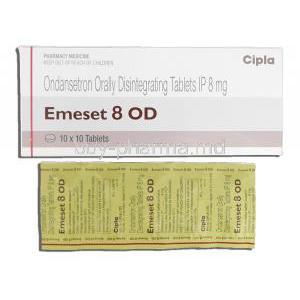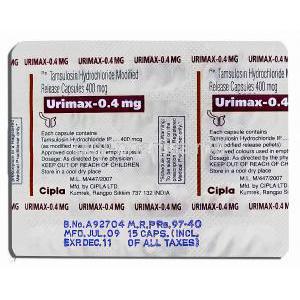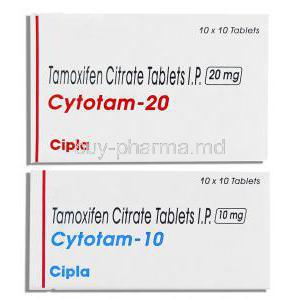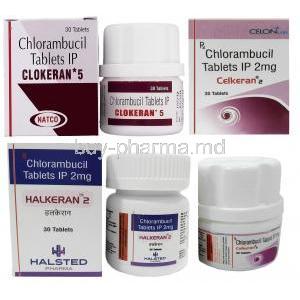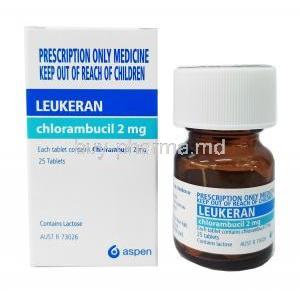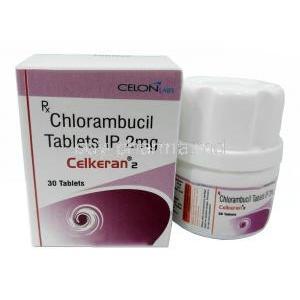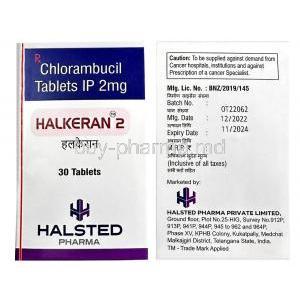CYTARABINE
- I. Introduction
- II. Uses of Cytarabine
- III. Off-label Uses of Cytarabine
- IV. How Cytarabine Works
- V. Dosage and Administration
- VI. Composition of Cytarabine
- VII. Storage Requirements for Cytarabine
- VIII. Interactions with Other Medications
- IX. Warnings Associated with Cytarabine
- X. Contraindications for Cytarabine
- XI. Careful Administration and Monitoring
- XII. Importance of Medical Supervision
- XIII. Administration to Specific Populations
- XIV. Common and Rare Side Effects of Cytarabine
- XV. Overdosage Scenarios and Management
- XVI. Handling Precautions for Cytarabine
- XVII. Conclusion
I. Introduction
Cytarabine, a compound plays a crucial role in modern cancer treatment particularly in the field of Acute Myeloid Leukemia (AML) and Non Hodgkins Lymphoma. It is not widely used in certain cancer treatment plans but also extensively researched for its potential applications, in other areas. This article aims to provide an evidence based overview of the usage, administration and precautions related to Cytarabine.
II. Uses of Cytarabine
Cytarabine is a chemotherapy drug that has been approved for treating acute myeloid leukemia (AML) and non-Hodgkin lymphoma (NHL) by the US Food and Drug Administration (FDA)1. Cytarabine is typically administered intravenously in high doses for AML consolidation, which is a treatment phase that aims to eliminate any remaining leukemia cells after induction chemotherapy23. Cytarabine works by integrating into the DNA of cancer cells, disrupting their ability to replicate. Its mechanism of action involves interfering with DNA synthesis, ultimately preventing cell division and growth of cells12.
1: Recent drug approvals for acute myeloid leukemia | Journal of Hematology & Oncology 2: Cytarabine dose in the consolidation treatment of AML: a systematic review and meta-analysis | Blood 3: Chemotherapy Protocol ACUTE MYELOID LEUKAEMIA CYTARABINE (3000mg/m2) In-Patient Regimen (PDF)
III. Off-label Uses of Cytarabine
Cytarabine is a chemotherapy drug approved for treating certain types of blood cancers, such as acute myeloid leukemia (AML), acute lymphoblastic leukemia (ALL), and meningeal leukemia1. However, some clinical trials have investigated the application of cytarabine in other types of blood cancers and solid tumors, such as chronic myeloid leukemia (CML), erythroleukemia, breast cancer, and ovarian cancer23. In some cases, published studies provide evidence of the effectiveness of using cytarabine for off-label purposes. Still, the results are not conclusive and may vary depending on the dose, schedule, combination, and patient characteristics23. However, it is essential to note that there are risks associated with off-label use, such as increased toxicity and less than therapeutic outcomes. Cytarabine can cause serious side effects such as bone marrow suppression, infection, bleeding, liver damage, neurological problems, and skin reactions. Therefore, it should be used with caution and under the guidance of a doctor12.
1: Cytarabine - NCI - National Cancer Institute 2: Cytarabine Monograph for Professionals - Drugs.com 3: Cytarabine: Uses, Interactions, Mechanism of Action | DrugBank Online
IV. How Cytarabine Works
How Cytarabine Works at the Molecular Level; Cytarabine functions as an analog by integrating itself into the DNA chain and hindering the activity of DNA polymerase. Cells Targeted and Biological Pathways Affected; Cytarabine primarily focuses on cells that divide quickly impacting biological pathways crucial for cellular replication. Effects on Cells versus Normal Cells; While Cytarabine is effective against cancer cells it also exhibits cytotoxic effects, on specific rapidly dividing normal cells.
V. Dosage and Administration
Dosage Recommendations for Approved Conditions; The appropriate dosage should be tailored to each individual based on factors such as body surface area. How the person responds to treatment. Guidelines, for Off label Dosages; It is important to follow trial data carefully in order to achieve the best therapeutic results when using medications off label. Different Ways of Administering Medication; Intravenous administration is the common method but there are also specific situations where subcutaneous and intrathecal routes may be used.
VI. Composition of Cytarabine
Cytarabine has a structure that is derived from cytosine and its molecular formula is C9H13N3O5. There are formulations of Cytarabine available including injectable solutions and oral capsules. In addition, to the pharmaceutical ingredient (API) Cytarabine injections usually contain stabilizers and preservatives as well.
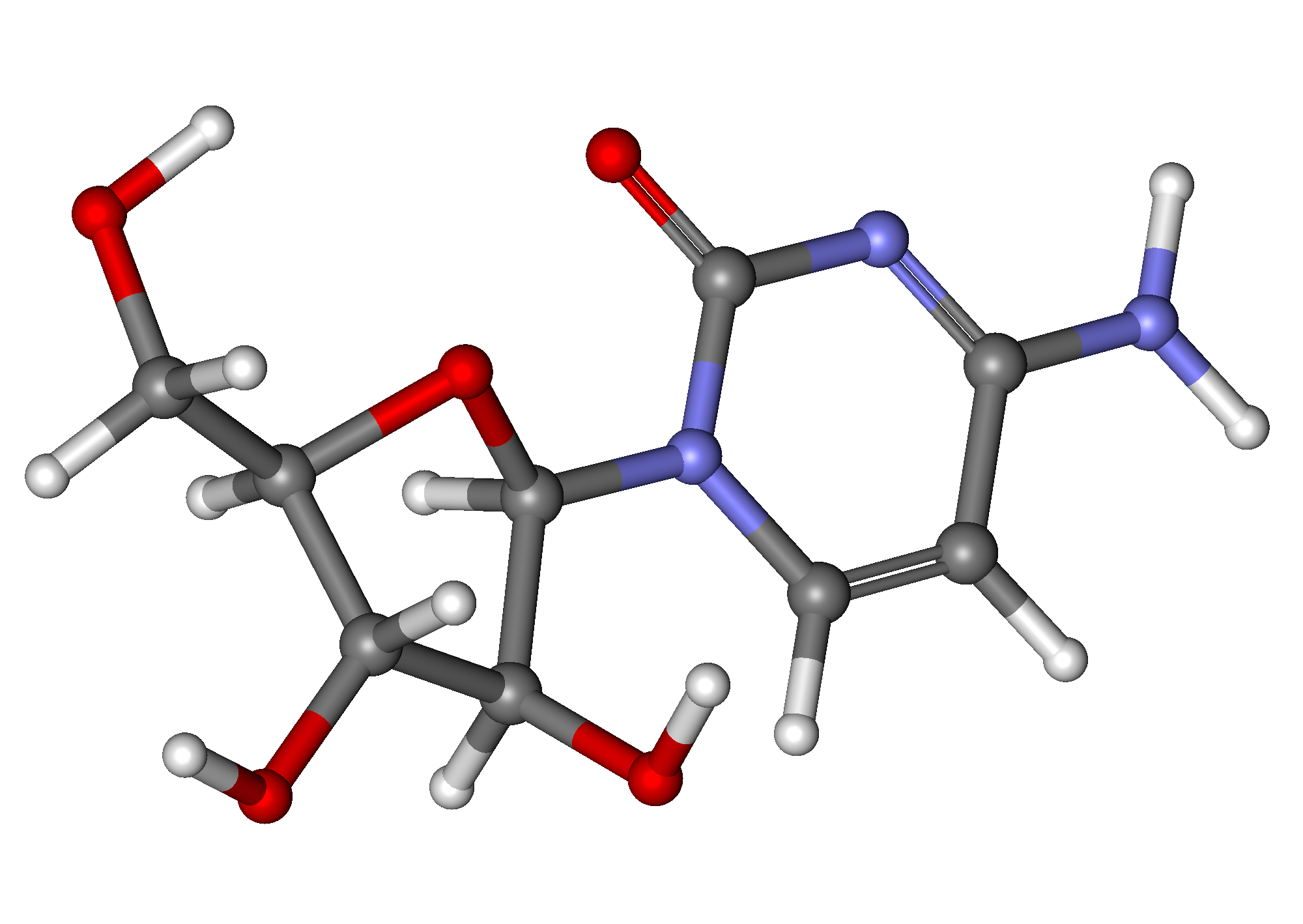
VII. Storage Requirements for Cytarabine
Ideal Storage Conditions; Maintaining the effectiveness of drugs requires temperature control in their storage. Considerations for Shelf Life and Expiry; It is important to monitor stock as the potency of medications may decrease after their expiration dates. Precautions for Special Storage; It is crucial to store the medication in a manner that avoids exposure, to sunlight and moisture.
VIII. Interactions with Other Medications
Possible Drug Interactions: Using this medication alongside drugs that suppress bone marrow function may increase the risk of blood-related side effects. Considerations about Alcohol or Food Interactions; Drinking alcohol while taking this medication can worsen its side effects and certain foods may affect how well it is absorbed when taken orally. Important Discussion Points with Healthcare Providers; It is crucial to talk to your healthcare providers, about any medications, supplements or dietary habits you are currently using or planning to use that could potentially interact with Cytarabine.
IX. Warnings Associated with Cytarabine
Important Safety Information; One of the concerns associated with this medication is the Black Box Warning related to a significant decrease in bone marrow activity known as myelosuppression. In addition to this there are risks for liver and kidney dysfunction, which require careful medical monitoring. It is crucial to follow regulatory guidelines set by organizations, like the FDA in order to prioritize patient safety.
X. Contraindications for Cytarabine
Absolute Contraindications; If you have a history of bone marrow suppression or if you are hypersensitive to Cytarabine or currently undergoing fever vaccination it is not recommended to use this medication. Relative Contraindications; While conditions like impairment may not completely prevent the use of this medication it should be used with utmost caution and, under close medical supervision. Existing Conditions That Require Caution; If you have liver disorders, chronic respiratory diseases or specific cardiac conditions it is essential to exercise caution when using this medication.
XI. Careful Administration and Monitoring
Regular blood tests and other diagnostic measures are important to monitor for any decrease, in the production of blood cells. If a patient has liver or kidney problems it may be necessary to adjust the dosage of medication based on their impaired liver or kidney function.
XII. Importance of Medical Supervision
It is crucial to inform patients about the potential for onset of adverse reactions when using Cytarabine. Healthcare providers should use protective gear to minimize the risk of cytotoxic exposure. Patients should take hygiene measures, such, as thorough handwashing and keep an eye on their diet to help reduce any associated risks.
XIII. Administration to Specific Populations
a. When it comes to the elderly it may be necessary to adjust dosages due to a reduction in kidney function. Important things to watch out for; It is crucial to monitor the liver and kidney functions. b. For women and nursing mothers we need to consider the risks involved. Exploring treatment options; If possible it's important to look into alternative treatments. c. When administering medication, to children dosage adjustments should be based on their body surface area. Monitoring patients; It is essential to closely monitor their kidney and liver functions.
XIV. Common and Rare Side Effects of Cytarabine
Potential Side Effects; Some observed side effects may include feelings of nausea, fatigue and changes in blood components like low platelet count. In serious cases or rare instances there have been reports of neurological symptoms, severe gastrointestinal problems and toxicities affecting organs. To manage these side effects it may be necessary to provide treatment such as anti nausea medication and seek immediate medical advice, for severe reactions.

XV. Overdosage Scenarios and Management
Signs of taking much; Severe suppression of bone marrow bleeding and infection can occur. What to do in case of an emergency; It's important to go to the hospital away and receive supportive care. Long term effects; There is a risk of permanent damage to organs so close monitoring is necessary, after an overdose.
XVI. Handling Precautions for Cytarabine
Healthcare providers must adhere to technique and ensure proper disposal methods are followed without exception. It is mandatory to comply with guidelines for the disposal of unused or expired medication in accordance, with biomedical waste management protocols.
XVII. Conclusion
Key Takeaways; Cytarabine continues to play a role in treating certain types of cancers although it requires careful handling and monitoring. Areas for Future Research on Cytarabine; It is important to investigate its molecular mechanisms and explore innovative ways of administering the drug. Reflections on Safety and Effectiveness; Despite the challenges associated with its safety when used appropriately Cytarabine proves to be an invaluable tool in the fight, against cancer.


